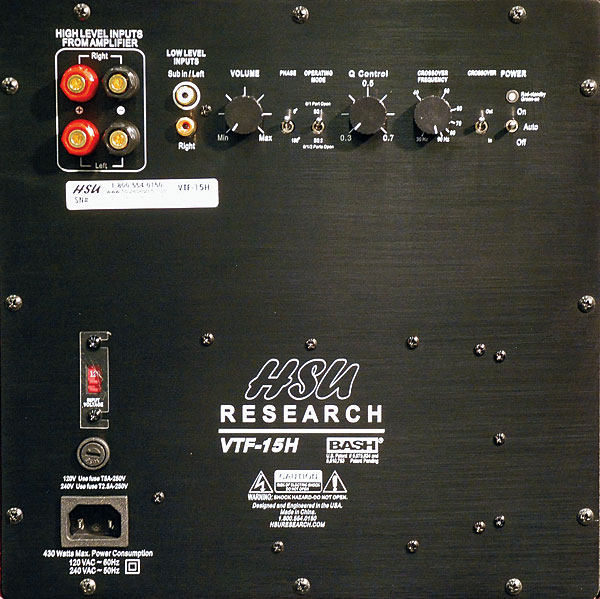Thanks for the review. I had asked for some online only sub reviews when Rob Sabin came on board. You guys delivered. Thanks for introducing the audience to a great bang for the buck product!
I considered the HSU when I was upgrading, but couldn't quite fit it into my space. I had to go with the Epic Empire. I love the Empire, but really appreciate the professional review of the HSU.
I love the high end stuff like the JL Audio F113, and would love to own one. However, the HSU lines up with my budget. The JL is about $3600 plus tax which (with my shoes off for counting) equals about 4 HSU subs. If you have heard this product... How would you quantify the differences and how would that change if you had one JL versus 1 HSU in each corner? I'm not asking for a shoot out of which is better, just differences in sound and setup. Thanks.








































































